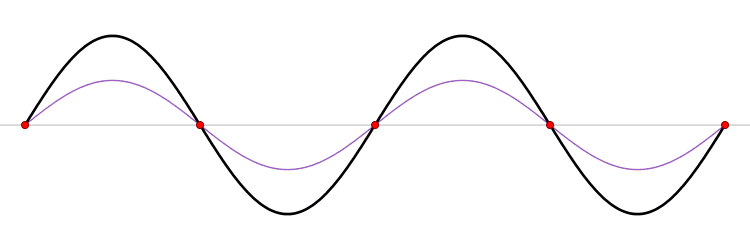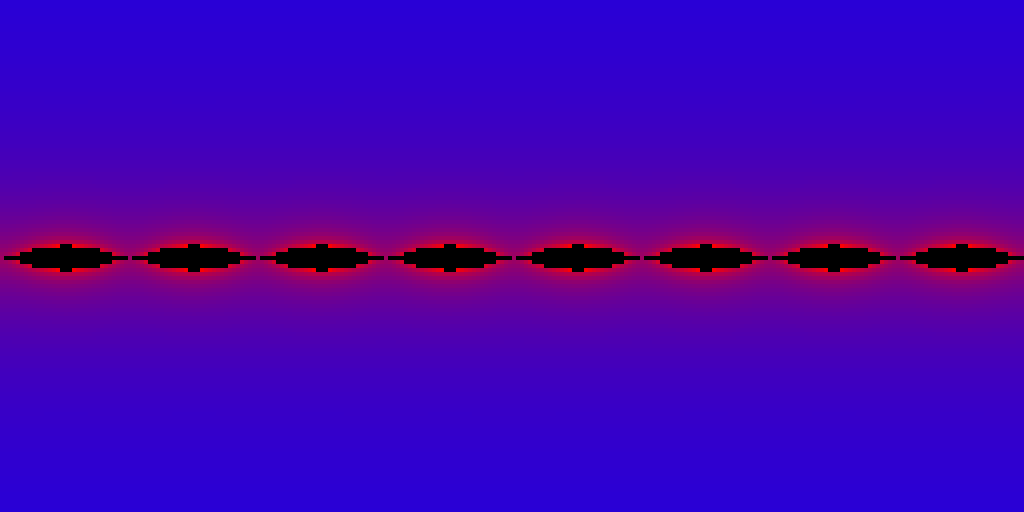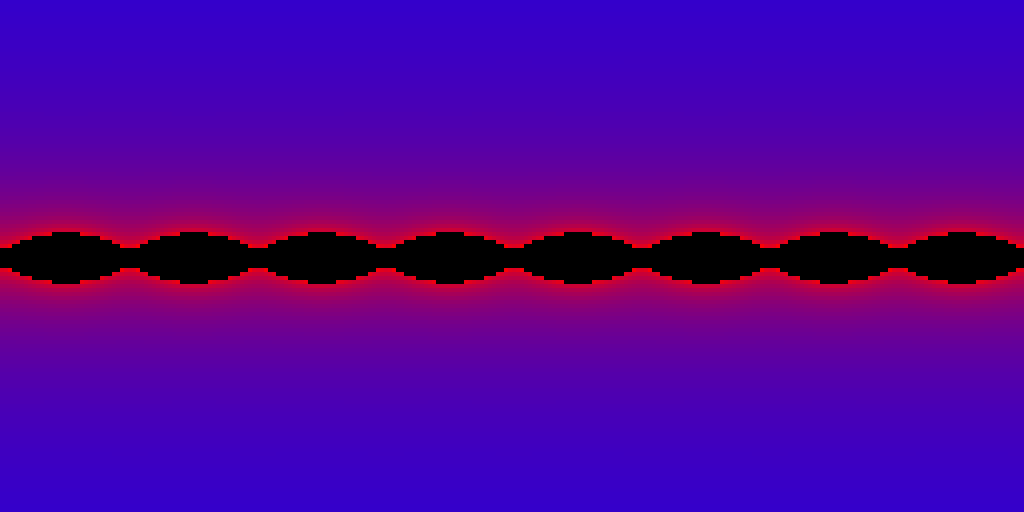Coherent Kugelblitz / Black Hologram?
Disclaimer: I am not a scientist. Nothing I say is meant to be taken very seriously.
TL;DR: Use kugelblitz black holes to create an interstellar tether.
Light has no rest mass, so 100% of its gravitational field comes from its relativistic mass.
This means that if two beams of light are moving exactly the same direction so that their speeds relative to each other are zero, then they can have no attraction for one another. They cannot become mutually trapped into a singularity.
So if you are trying to make a kugelblitz black hole the optimal arrangement is two beams of light focused into each other, coming from completely opposite directions.
For this you might prefer to use two Dyson spheres instead of just one. It has the advantages of more available power, ideal geometry, as well as the ability to dial in the location of your new black hole anywhere along the distance between them by varying the timing of the two beams. This saves on delivery costs for any customers closer to one end of the line than the other.
But lets take this one step further. What if the opposing beams are coherent, and the same frequency? Then you will have a light-years-long standing wave. One Wikimedia gif is worth a thousand words:

The red dots are nodes, which don't move and have no energy. In between however, are the anti-nodes where the waves interfere constructively, are full of energy, and therefore full of mass. Any singularities formed by this setup will appear like beads on a string stretching between the two stars.
I graphed the time dilation field of mass distributed this way. Blue is no dilation (T rate = 1.0). Red is maximal dilation (T rate approaches zero), and black is inside the event horizon (T rate = 0).

Is this stable? Yes and no. The black holes are basically in each other's Lagrange points, which means they are stable but not meta-stable. Everything is fine until something drifts just a little off-center, and then the misalignment goes runaway and things crash into each other.
Fortunately we have a stabilizer: the standing wave itself! As long as it's still pumping energy into the anti-nodes, we can define centers of mass where we want them and keep the holes centered, unless there is some major disturbance.
With enough power their event horizons overlap, and you get a single linear singularity stretching light years between two stars.

More power!

With enough energy/mass it approaches a flat line.
What fun can we have with this?
1. You will have the longest fiber optic ever.
With a continuous, cylindrical event horizon, slower lightspeed inside than out will trap light just as it does in a glass fiber optic, making one tube-shaped photosphere trillions of miles long.
2. You will have an interstellar tether. Depending on how close they are to each other and whether they are merged,
the black holes will pull on each other -and their stars- with any strength up to that at the surface of a singularity.
It could be a 'railway' for moving mass too, but almost any other way of doing anything would be cheaper than this!


I am conveniently skipping over issues like Hawking radiation and just how much energy it would take to create such a thing.
The End.





